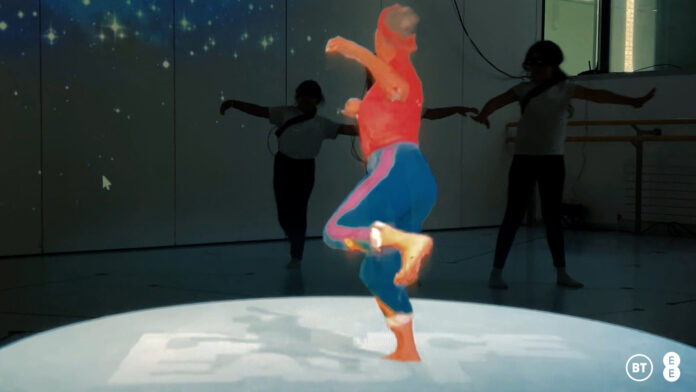The BT Group is undergoing metamorphosis in the Google Cloud
BT has appointed Google Cloud to hasten its digital transformation by aggregating its infrastructure and installing an applications portfolio of machine learning (ML) and artificial intelligence (AI), data analytics and security. These systems and an application programming interface (API) management system will create better customer experiences, says BT. Meanwhile it expects to cut costs and reduce risk, while creating new revenue streams. The companies plan to complete a core migration of data by 2023.
The digital way
Google’s systems reliability engineers (SRE) will work with BT to foster a continuous delivery and autonomous operations culture in order to expedite product development. BT claims the technology will encourage ‘continuous innovation’ as part of the new culture of working that BT calls The Digital Way. “Our partnership with Google is one of a series of strategic moves that BT Digital is taking to help accelerate BT’s growth and digital transformation,” said Harmeen Mehta, chief digital and innovation officer. Mehta said the partnership goes deeper than the technology level, claiming that it will be ‘supercharging BT and driving its return to growth.
Mehta verse
Thomas Kurian, CEO at Google Cloud said he was happy take to BT on its journey. “Our full cloud and support from our systems reliability engineers [will] set BT up with the tools it needs for future growth and innovation.” Earlier the same week EE and BT Sport unveiled their idea for using 5G and virtual reality to re-imagine the public’s enjoyment of sports, dance, music and theatre through virtual, augmented and mixed reality applications.
BT Sports’ bragging rights
Smartphones, tablets, TVs and augmented reality (AR) headsets were used to ‘take control and engage’ in any event from any angle. Rugby fans were invited to interrupt their enjoyment of a game with ‘real-time, data-rich AR insights’ such as ball trajectories and kick distances. Boxing fans can use immersive holographic videos to put them up close to the boxers as they fight. Meanwhile, dancers, musicians and other artists can remotely demonstrate, teach and engage with students and fans using EE’s 5G network to provide real-time interactive experiences.
5G Edge-XR
The prototypes are the first outputs from an EE and BT Sport-led project, 5G Edge-XR, which aims to demonstrate the potential of EE’s 5G network when it is paired with cloud graphics processing units. 5G Edge-XR is supported by The Department of Digital, Culture, Media & Sport (DCMS), The Grid Factory, Condense Reality, DanceEast, Salsa Sound and The University of Bristol. Other high-end XR services being explored by the project address the needs of the construction, health and retail industries.
Adastral plane
“Our work at Adastral Park demonstrates how EE’s 5G network can support services that deliver uncompromised audio and visuals,” said BT research realisation director Lisa Perkins. “We’re excited to be unveiling experiences that could transform sports, culture, and the arts as well as demonstrating the benefits 5G can bring to people and businesses.”
These new experiences re-affirm the important role that 5G will play in re-imagining how sport is watched on the terraces and on TV, claimed Jamie Hindhaugh, chief operating office at BT Sport. “EE and BT are again demonstrating the powerful creative and operational benefits that 5G technology can bring to sports and broadcast,” said Hindhaugh.


